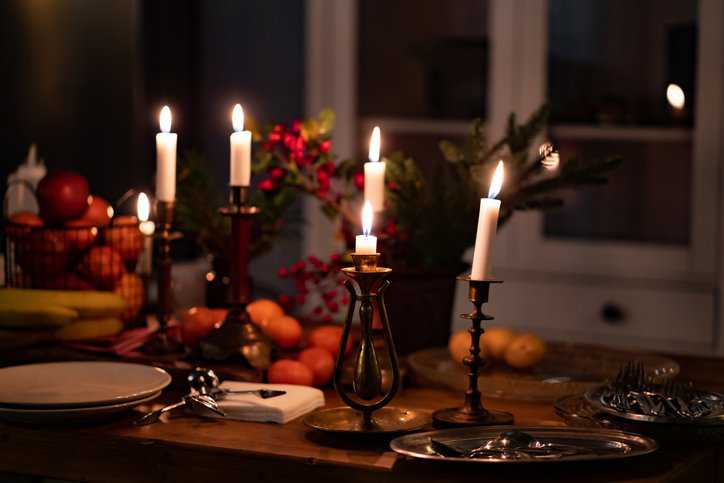ASTM F2601-18: Fire Safety for Candle Accessories

Blowing out a candle may cause hot wax and sparks to scatter, which can be a fire hazard; it can create smoke and soot, which can affect the candle’s appearance and fragrance. Hence, candle tools and accessories can help extend the life, improve the fragrance, and better the overall burn performance of a candle. ASTM F2601-18: Standard Specification for Fire Safety for Candle Accessories covers safety specifications for candle accessories.
History of Candle Snuffers
Rather than blowing candles out to extinguish the flame, candle snuffers have been used for centuries to extinguish candles safely and cleanly. Introduced in the late 15th century, candle snuffers became commonplace household items. They were used because candle wicks had to be regularly trimmed to stop the length of burned wick from falling into the candle, creating a large uncontrolled flame.
In the 19th century, the candle snuffer became a popular symbolic representation in graphic prints and caricatures for suppressing or extinguishing figurative “flames,” such as stifling growing public unrest or ambitions for power. Essentially, the candle snuffer was a visual metaphor for actively quelling any burgeoning dissent or uprising. Today’s common expressions “to snuff out” or “to snuff it” are derived from the process of extinguishing a flame with the cone (i.e., the candle snuffer).
What Is ASTM F2601?
ASTM F2601-18 prescribes safety requirements for candle accessories to help assure a reasonable degree of safety for normal use with candles, thereby improving personal safety and reducing fires, deaths, and injuries. Candles accessories refer to any object designed, intended, or marketed for use with a candle. Examples of a candle accessory include:
- Candle holder: candle accessory onto which a candle is placed.
- Candle burner: a candle holder that restricts the free flow of exiting combustion gases
- Candle ring: candle accessory intended to surround the candle with decorative materials in proximity to a candle, including, but not limited to, a continuous ring or loose fill material.
- Food warmer: a vessel intended to hold food that is heated by one or more candles; it is a type of candle burner
- Potpourri burner: candle burner designed to provide a source of heat to warm a reservoir of extraneous material
- Shade: a candle accessory placed above the candle, whose function is to modify light from the flame and change the appearance of the candle.
- Topper: vented candle accessory, which is placed directly on top of a container candle, to modify airflow
The standard is used to measure and describe the response of materials, products, or assemblies to heat and flame under controlled conditions. It is important to note that ASTM F2601-18 is not intended to replace other safety practices such as adult supervision, close monitoring of product when in use, and fire detection, alarm, or suppression systems.
What Is the Ideal Candle Wick?
The ideal candle wick length is ¼-½ inch. Trimming the wick to that length at purchase and beyond is recommended since a wick too long will cause excess smoke and soot. Excess wick debris may also collect at the top of the wick, which is not safe. On the other hand, a wick that is not trimmed can cause the candle to burn too hot, impacting the candle’s fragrance and causing it to burn quicker than needed. You will know if your candle has the ideal wick if it has these characteristics:
- Flame height: The flame should be 0.75–1.25 inches high.
- Melt pool: The melt pool should reach the full diameter of the candle and be about a quarter to half inch deep.
- Flickering: The flame should have little flickering and eventually become steady.
- Burn time: The candle should burn cleanly and have a good burn time.
- Carbon buildup: The wick should burn cleanly without a lot of carbon buildup or mushrooming (a phenomenon that occurs when the wick of a candle burns too hot, causing a build-up of carbon on the wick that creates a small, mushroom-shaped protrusion).
ASTM F2601-18: Standard Specification for Fire Safety for Candle Accessories is available on the ANSI Webstore.






